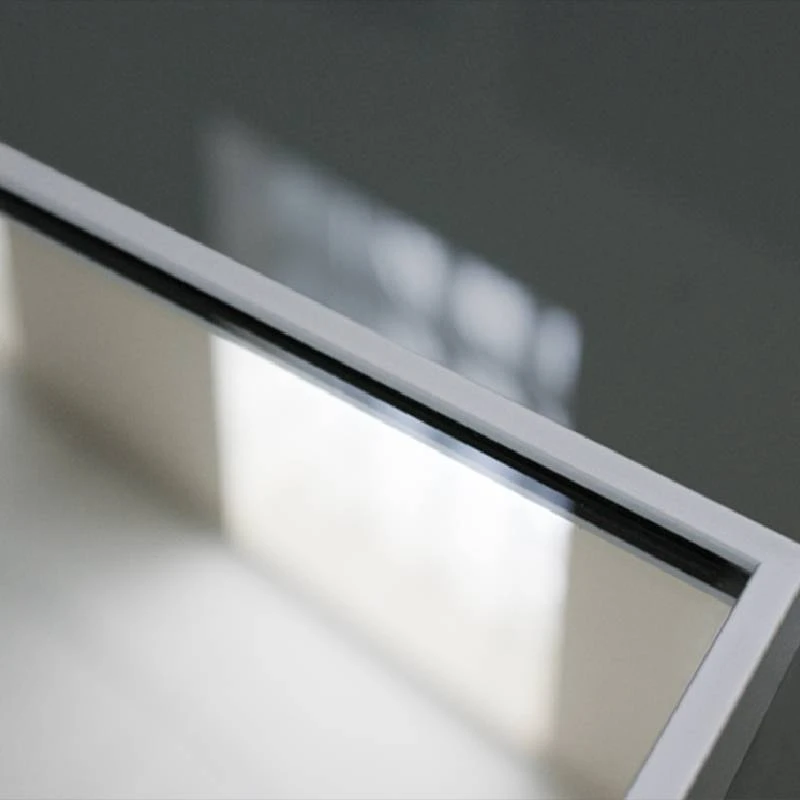

The Versatility and Aesthetic Appeal of Switchable Frosted Glass
In contemporary architecture and interior design, innovation often leads to unique solutions that enhance aesthetics while providing functionality. One such innovation that is gaining popularity is switchable frosted glass. This remarkable material has transformed the way we perceive and utilize spaces, combining privacy with modern technology.
Understanding Switchable Frosted Glass
Switchable frosted glass is an intelligent glazing solution that toggles between transparent and opaque states at the push of a button. This transition is made possible through an electric current applied to the liquid crystal technology embedded within the glass. When energized, the liquid crystals align to allow light to pass through, transforming the glass into a clear pane. Conversely, when the current is turned off, the crystals scatter light, resulting in a frosted appearance that obscures visibility.
Privacy on Demand
One of the standout features of switchable frosted glass is its ability to provide immediate privacy. In office environments, conference rooms, and even residential spaces, this glass can turn an open area into a private sanctuary with just a touch. For businesses, this means that meetings can be conducted without the constant worry of being overheard or observed, creating a more secure and comfortable environment for sensitive discussions.
Aesthetic Appeal
Beyond its functional capabilities, switchable frosted glass is also a striking design element. Its sleek, modern appearance complements various interior styles, from minimalistic to luxurious. Designers can incorporate switchable glass in unique ways—whether in glass partitions, windows, or doorways—adding a touch of elegance and sophistication to any space. The ability to control transparency not only enhances the ambiance but also allows for creative lighting solutions, as natural light can be manipulated to create different moods throughout the day.

Energy Efficiency and Safety
In addition to its aesthetic benefits, switchable frosted glass contributes to energy efficiency. By controlling the amount of light that enters a space, it helps regulate indoor temperatures, potentially reducing reliance on artificial heating and cooling systems. This not only leads to lower energy bills but also contributes to a more sustainable environment.
From a safety perspective, switchable frosted glass is also a strong contender. Being made from tempered or laminated materials, it offers enhanced durability and resistance to breakage compared to standard glass options. This quality is particularly important in commercial settings where safety and security are paramount.
Applications in Various Settings
The applications of switchable frosted glass are diverse. In corporate environments, it can be used for office partitions, reception areas, and individual offices, providing a modern and flexible workspace. In healthcare facilities, privacy is crucial, and switchable glass can be employed in consultation rooms or patient areas, enabling an environment that promotes comfort and confidentiality.
In residential settings, homeowners are increasingly incorporating switchable frosted glass into their designs. It can be integrated into bathrooms for privacy or used in living areas to separate spaces without sacrificing light. This adaptability makes it a favored choice among homeowners looking to enhance their living spaces while maintaining an open and airy feel.
Conclusion
Switchable frosted glass represents a significant advancement in both functionality and design. Its ability to seamlessly provide privacy, enhance aesthetics, and contribute to energy efficiency positions it as a valuable asset in modern architecture and interior design. As technology continues to evolve, the versatility of switchable frosted glass will likely inspire further innovations, solidifying its place as a staple in contemporary design solutions. Whether for professional or personal use, this innovative material offers a unique way to create dynamic, adaptable spaces that meet the demands of modern living.